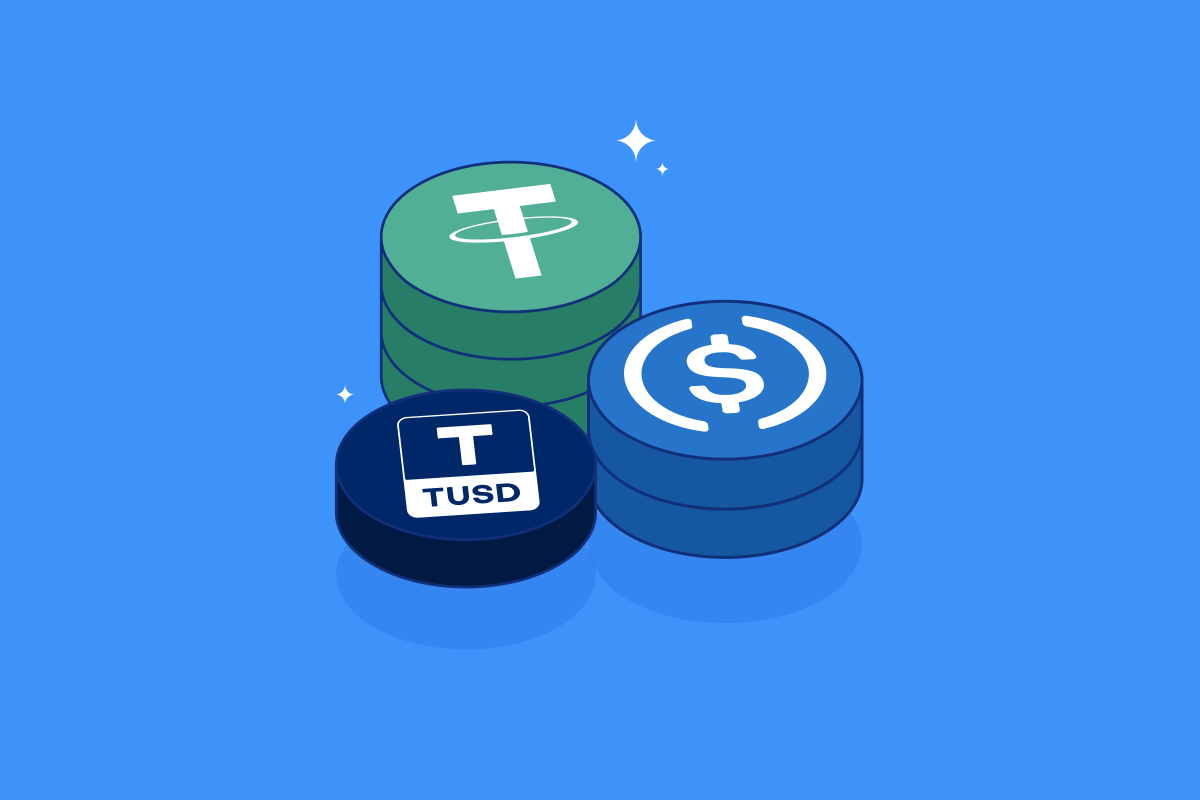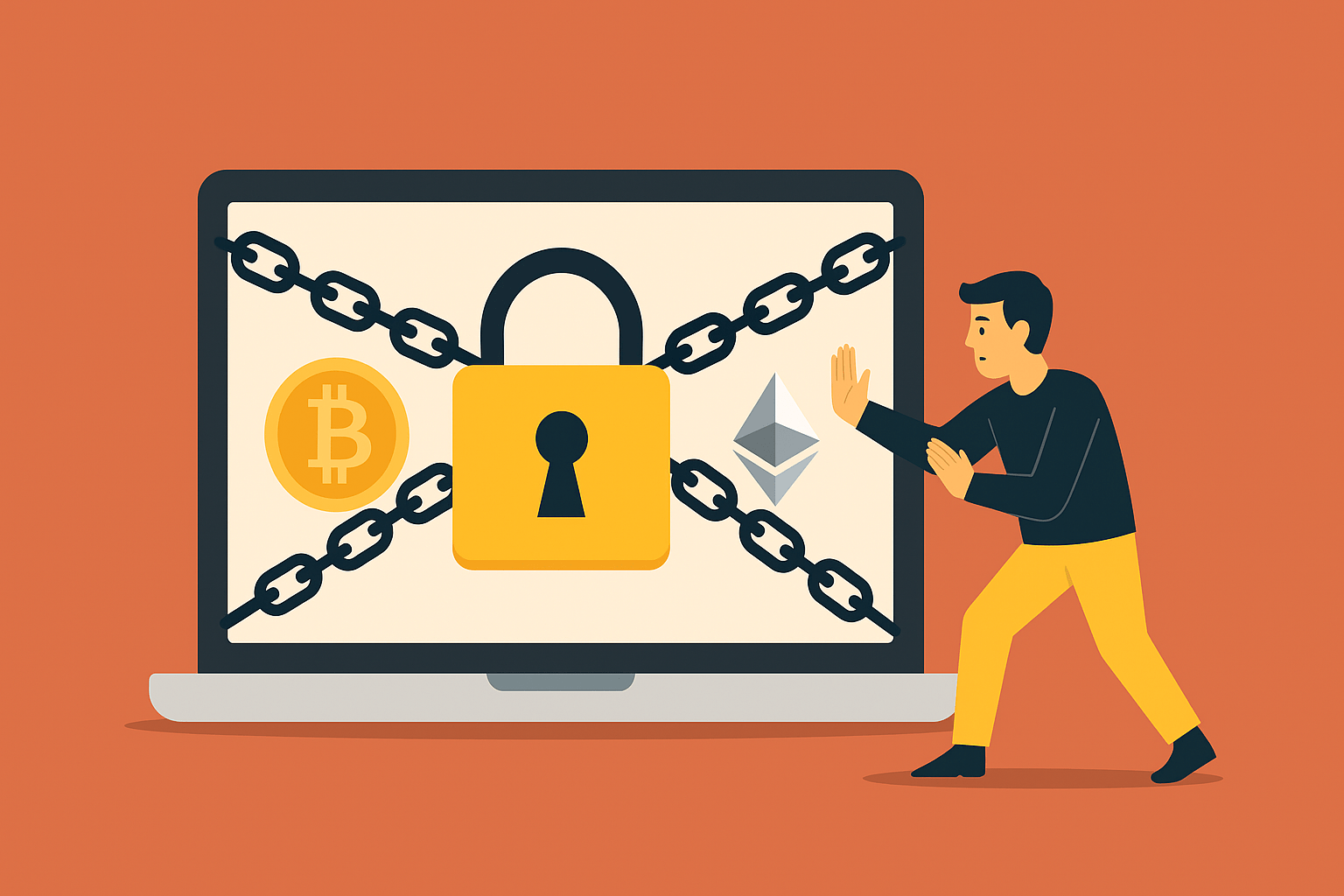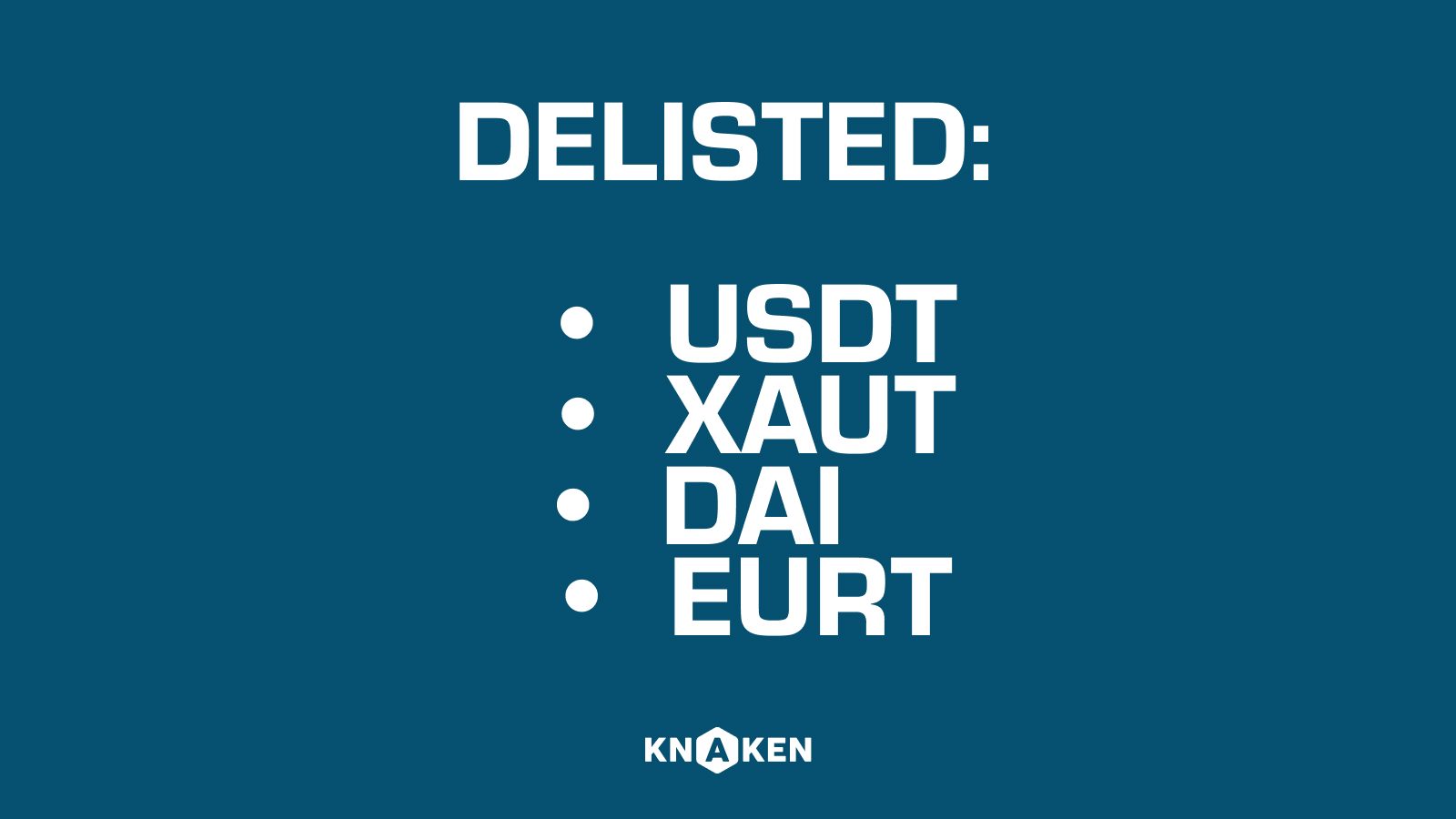

Ah, the era of cryptocurrency, where people can buy and sell currency online without the intervention of a third party. Whether you have invested or not, it is worth understanding the technical side of Bitcoin, as it is the most recognized form of cryptocurrency. So how does Bitcoin work in that regard?
How does Bitcoin work?
Bitcoin is a peer-to-peer (P2P) payment network that utilizes (decentralized) blockchain technology. To buy or sell Bitcoin, you first need a wallet, a digital file that provides you access to sending and receiving Bitcoin. Each person’s Bitcoin address has two keys. One is public, while the other remains private. The public key is the Bitcoin address, which functions somewhat like a public email address. The private key is needed to execute a transaction. All transactions and public keys are recorded on the Bitcoin blockchain and are public. The corresponding private keys are not. A seed phrase (12 or 24 words) grants access to the wallet where the private keys are stored.
The public and private addresses work together to ensure privacy in every Bitcoin transaction. So when you make a transaction, you sign with your private address to prove that you own the public key, but your private address is not disclosed. Once you have submitted your transaction, your public key goes to the blockchain. The private key is needed to execute a transaction. All transactions and public keys are recorded on the Bitcoin blockchain and are public. The corresponding private keys are not.
What is the Blockchain?
When you buy or sell Bitcoin, it goes to a large, automated network, called the blockchain. A blockchain is essentially a decentralized ledger where all BTC transactions are recorded. The rules are defined in the source code and cannot simply be modified.
Bitcoin miners must verify and approve transactions. A Bitcoin miner is a computer connected to the Bitcoin network. All Bitcoin transactions are sent to these processing computers, also known as nodes, for verification.
How does the verification process work?
First, a transaction is publicly broadcasted to all computers on the network. Then the transaction goes into a block in the chain.
Components of a block in the chain:
– Transaction data, which is permanently stored in the blockchain.
– The nonce is the number that the winning miner has filled in (input) which produces the correct hash (output).
– The hash value, where all information of a block is stored.
– The hash value of the previous block.
Finding the correct hash by continually filling in the nonce requires an enormous amount of computational power. This is where the term proof-of-work comes from, as this method is called. Miners then use a timestamp system called proof-of-work to prove that the transaction data is correct. The computers must guess/fill in a very long number that is linked to the hash value through an algorithm.
They do this until there is a computer that has found the correct nonce. When this happens too quickly on average, the number increases in length; when it takes too long, the number decreases in length. The rhythm of Bitcoin is around 10 minutes per block. Once confirmed, the block is sent to the entire network. In other words, the data is then permanent and recorded in the blockchain.
The computer that solved the puzzle receives a subsidy for the work done. In this way, new Bitcoin enters circulation. The amount of the subsidy is roughly halved every four years. This continues until the cap of 21 million, established in the source code, is reached. At that point, the miner will only be rewarded with transaction fees paid by users.
Security of Bitcoin
Every computer or device connected to the network has a copy of the blockchain that is consistently updated throughout the day. Additionally, each block is recorded and stored in the ledger, making the Bitcoin blockchain completely transparent.
The rules of the network can theoretically only change when 51% of the miners reach consensus on it. An attacker would therefore need to hack more than half of the mining computers or secretly gather more computational power than is currently in use. With the current hashrate, this is practically impossible.



Knaken Cryptohandel B.V. has applied for a MiCA license from the Netherlands Authority for the Financial Markets (AFM). This application is currently being assessed by the AFM.
Investing in crypto-related products involves significant risks.















